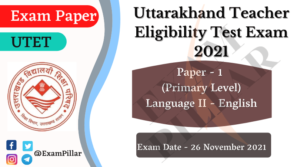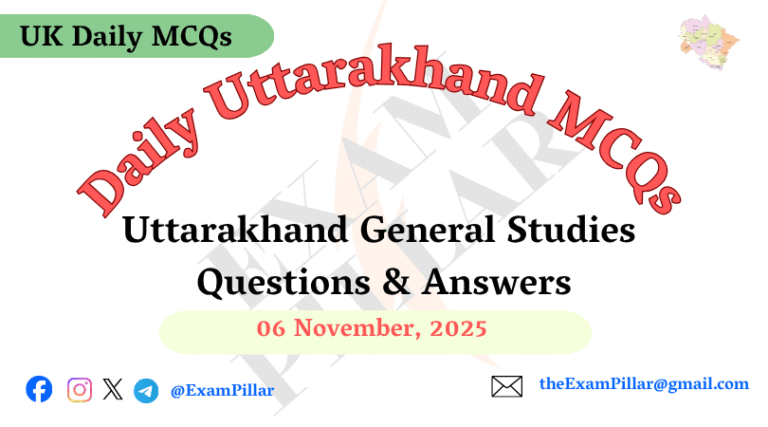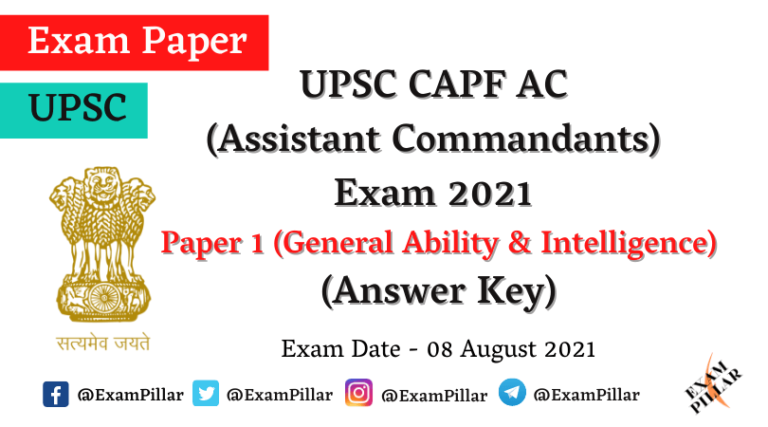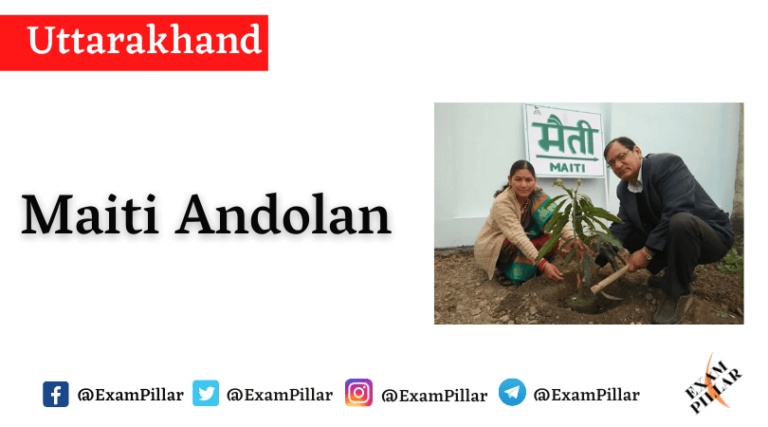Direction (Q. No. 75 – 76) : Select the incorrectly spelt word from the following.
75.
(A) Potassium
(B) Possibility
(C) Parasology
(D) Preamble
Click To Show Answer/Hide
76.
(A) Pursue
(B) Persuit
(C) Persuade
(D) Peruse
Click To Show Answer/Hide
Direction (Q. No. 77): Select the correct alternative which can be substituted for the sentence below.
77. A person who talks in sleep is called
(A) Philatelist
(B) Somnambulist
(C) Somniloquist
(D) Oneirocritic
Click To Show Answer/Hide
Direction (Q. No. 78 to 79): Choose the correct tense.
78. Rohan ______ the movie before he read the review.
(A) watches
(B) have watched
(C) had watched
(D) was watching
Click To Show Answer/Hide
79. By the next month, we shall ______ the project.
(A) has completed
(B) completing
(C) completed
(D) have completed
Click To Show Answer/Hide
Direction (Q. No. 80 – 81): Choose the most suitable auxiliary or modal verb out of the given alternatives.
80. In the Middle Ages, people ______ travel by plane.
(A) could
(B) had to
(C) can’t
(D) couldn’t
Click To Show Answer/Hide
81. Kate is ill, so she ______ stay in bed and drink a lot of water.
(A) need
(B) can’t
(C) has to
(D) doesn’t have to
Click To Show Answer/Hide
Direction (Q. No. 82): Select the word nearest in meaning to the underlined part.
82. The maid servant left the police station contrite.
(A) penitent
(B) sore
(C) angry
(D) remorseless
Click To Show Answer/Hide
Direction (Q. No. 83): Select the option in which punctuation mark is appropriately used.
83.
(A) It is mentioned in the notice, all of us should read it.
(B) It is mentioned in the notice! All of us should read it.
(C) It is mentioned in the notice? All of us should read it.
(D) It is mentioned in the notice; all of us should read it.
Click To Show Answer/Hide
Direction (Q. No. 84): Complete the following sentence using appropriate phrase preposition from the given options.
84. How can they be going out? Jane has nothing ______ Peter.
(A) in common
(B) in common to
(C) in common of
(D) in common with
Click To Show Answer/Hide
85. Which of the following methods is based on the principle ‘From example to generalisation’?
(A) Incidental Method
(B) Remedial Teaching Method
(C) Deductive Method
(D) Inductive Method
Click To Show Answer/Hide
Direction (Q. No. 86 to 90): Read the passage given below and answer the questions that follow by selecting the most appropriate option.
Stammering is a habit disorder linked with lack of self-confidence. Basically for a child to understand a language, there are four stages. The first is learning to understand the spoken language and the second is speaking. Both of these usually develop around the age of two.
The third stage is speaking complex sentences, which develops at around 3rd and the fourth is when the child recognises the written alphabet. In 80% of children while the 3rd and 4th stages are at play, the first two get disturbed because something new is getting incorporated in the mind.
This is absolutely normal. But what over-cautious mothers do is fret a lot and the child develops a fear which later manifests itself as stammering. Infact, most text books on stammering state in bold that “Had there not been any over-cautious mothers, hardly anyone would have suffered from stammering’. Fluency can be incorporated in the speech of such patients through hypnosis.
86. Stammering is caused because of –
(A) Physical disorder
(B) Hindered growth
(C) Lack of self-confidence
(D) Lack of understanding
Click To Show Answer/Hide
87. The second stage of a child’s understanding the language is –
(A) Speaking
(B) Writing
(C) Listening
(D) Reading
Click To Show Answer/Hide
88. ______ are basically the reason for developing a fear in the child’s mind.
(A) Parents
(B) Over-cautious mothers
(C) Fathers
(D) Uncles
Click To Show Answer/Hide
89. Fluency in such patients can be incorporated in the speech of such patients through –
(A) hypnosis
(B) slap
(C) punishment
(D) symbiosis
Click To Show Answer/Hide
90. By the time the child becomes 2 years old he/she can –
(A) speak complex sentences.
(B) only understand spoken language.
(C) understand and speak simple language.
(D) write the alphabets.
Click To Show Answer/Hide
| Read Also : |
|---|
|





Leave a Reply